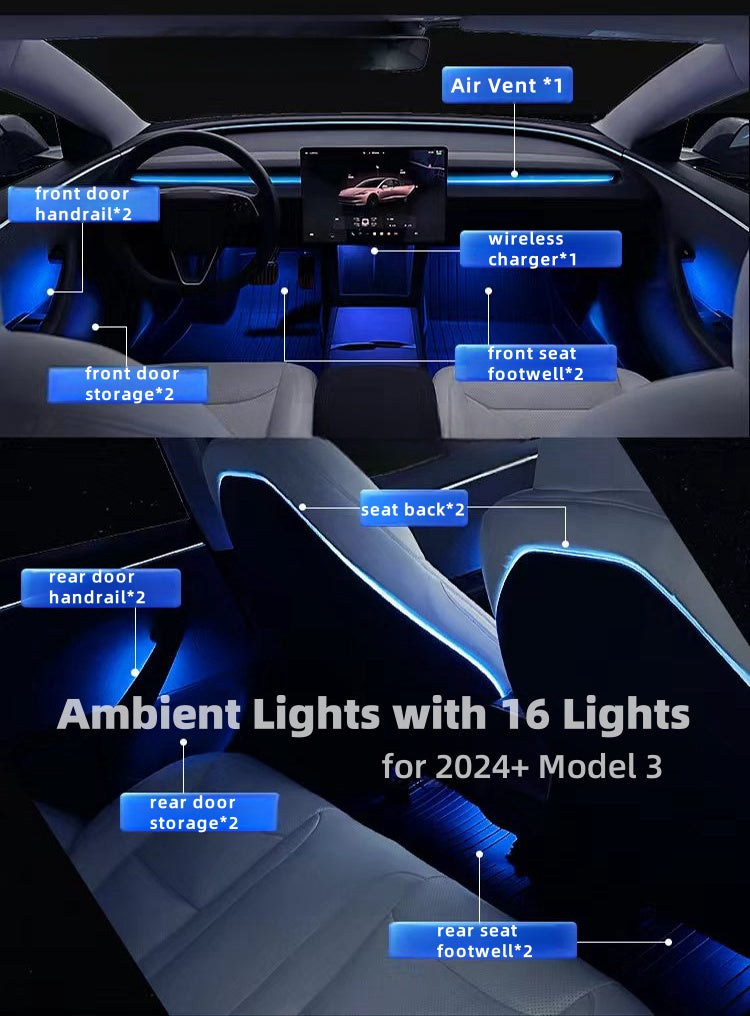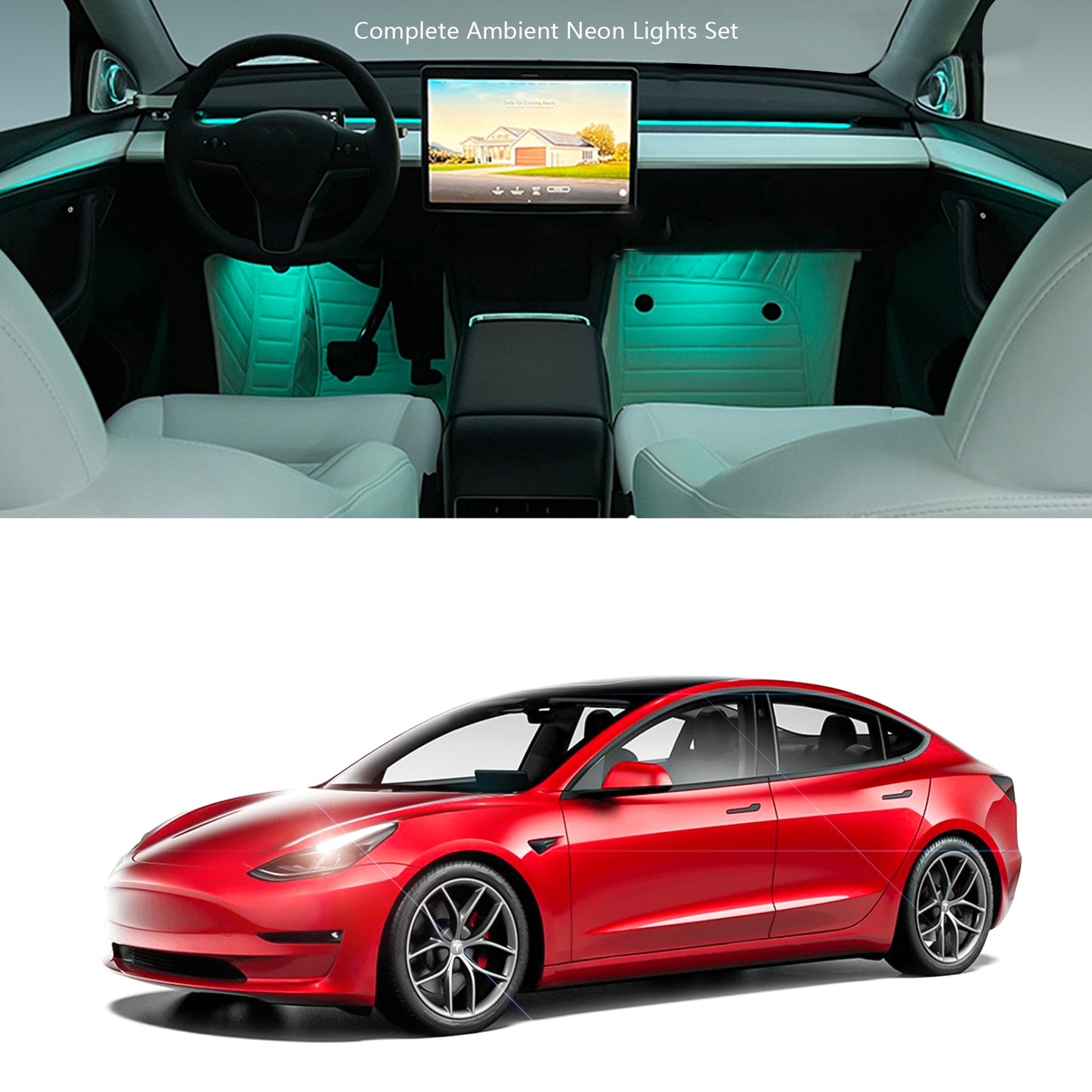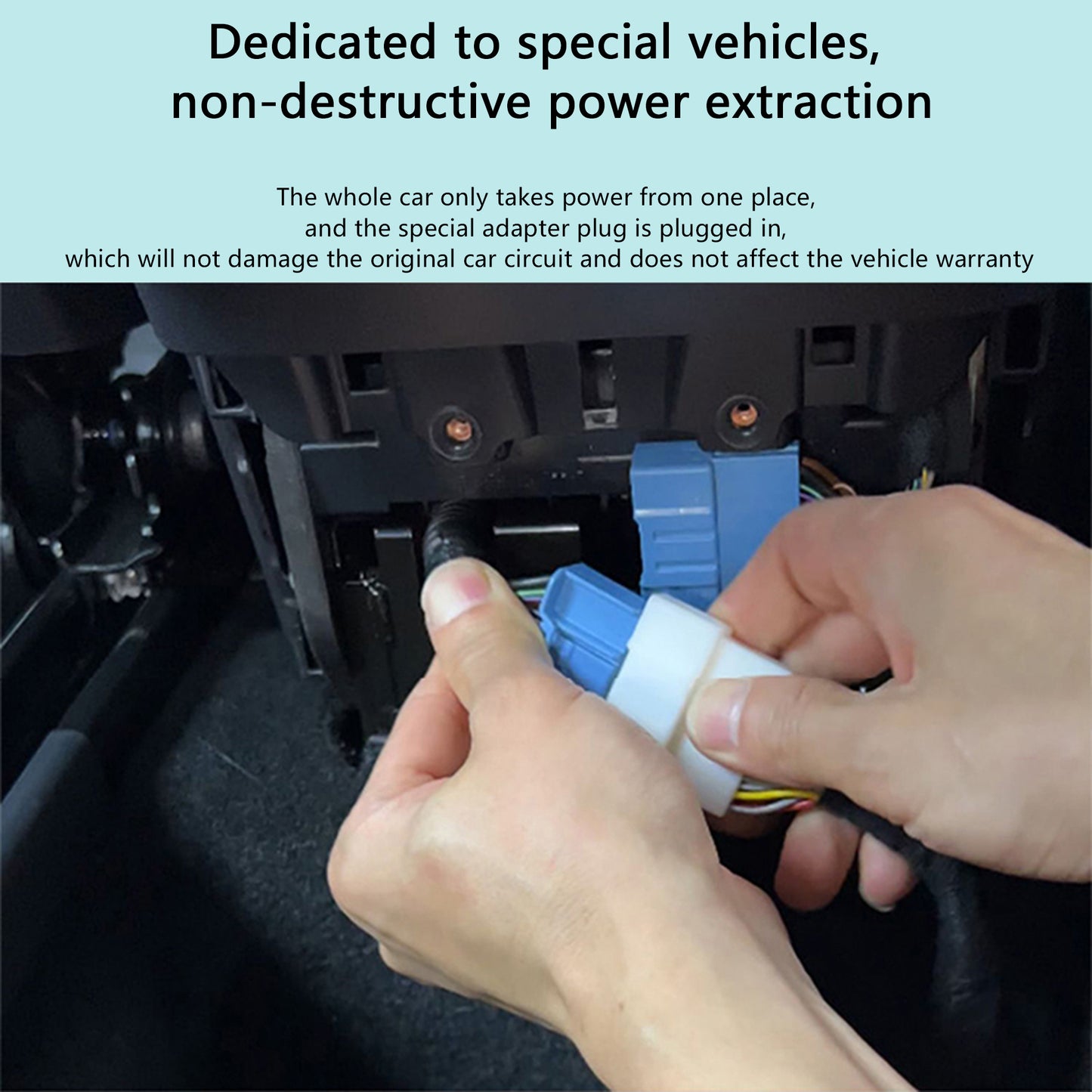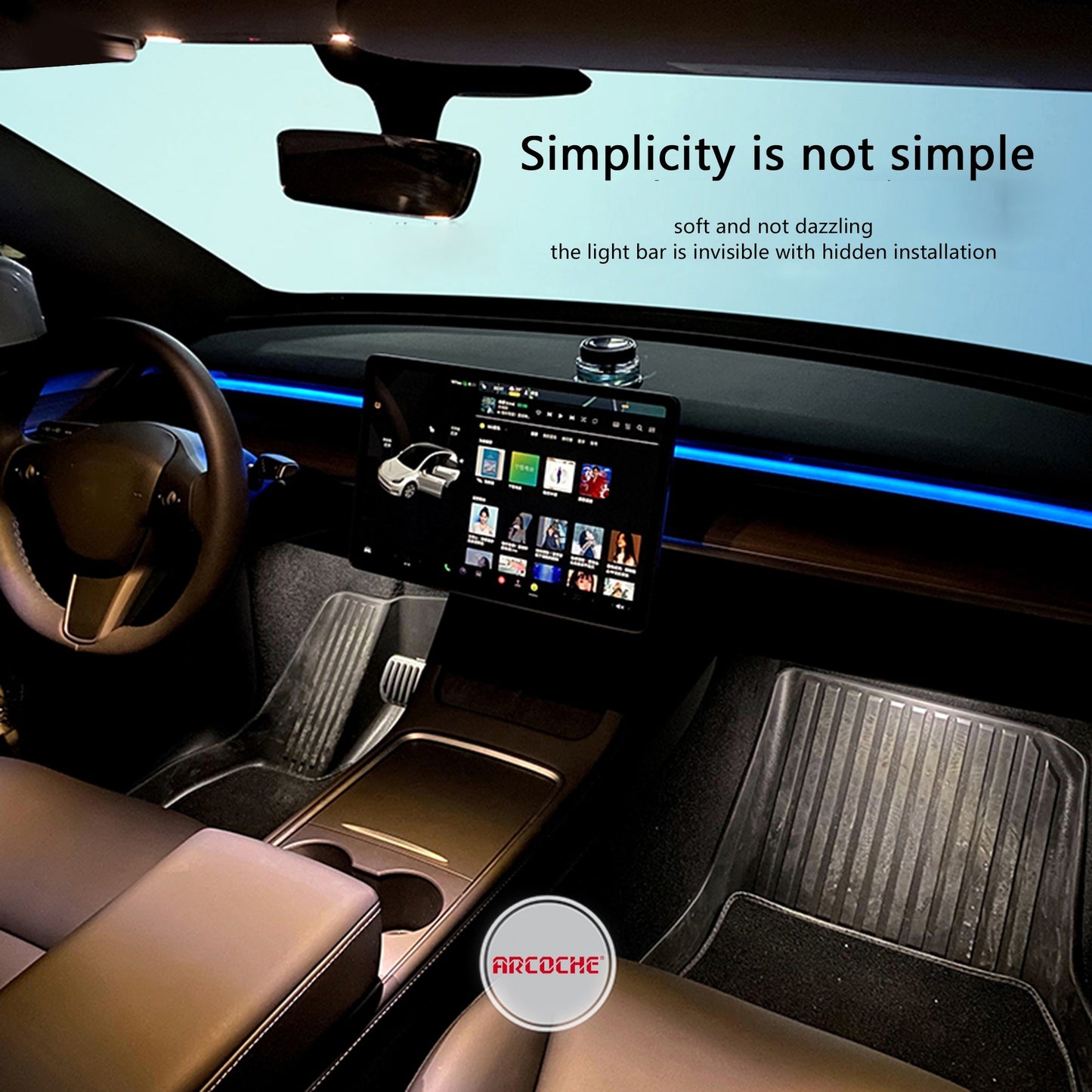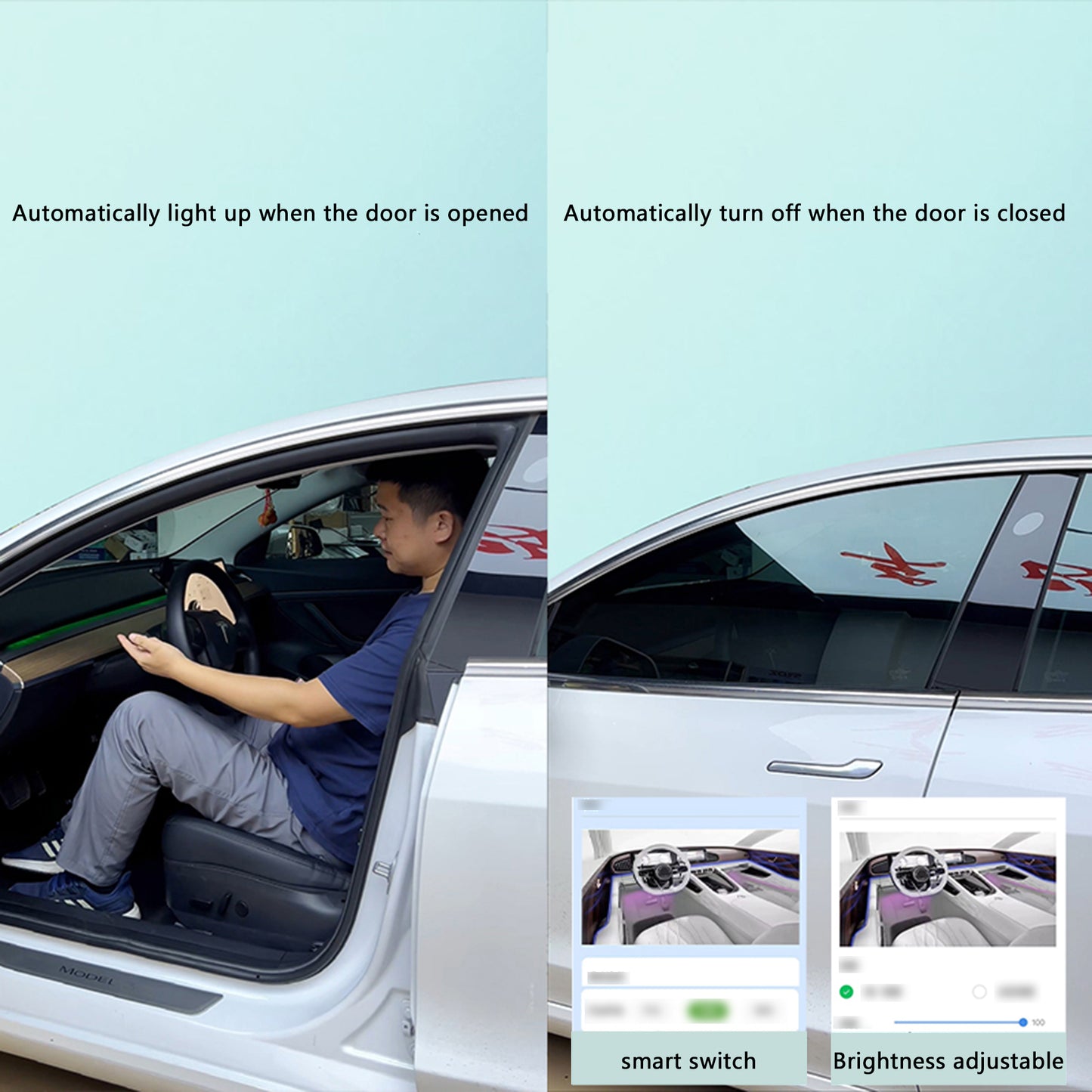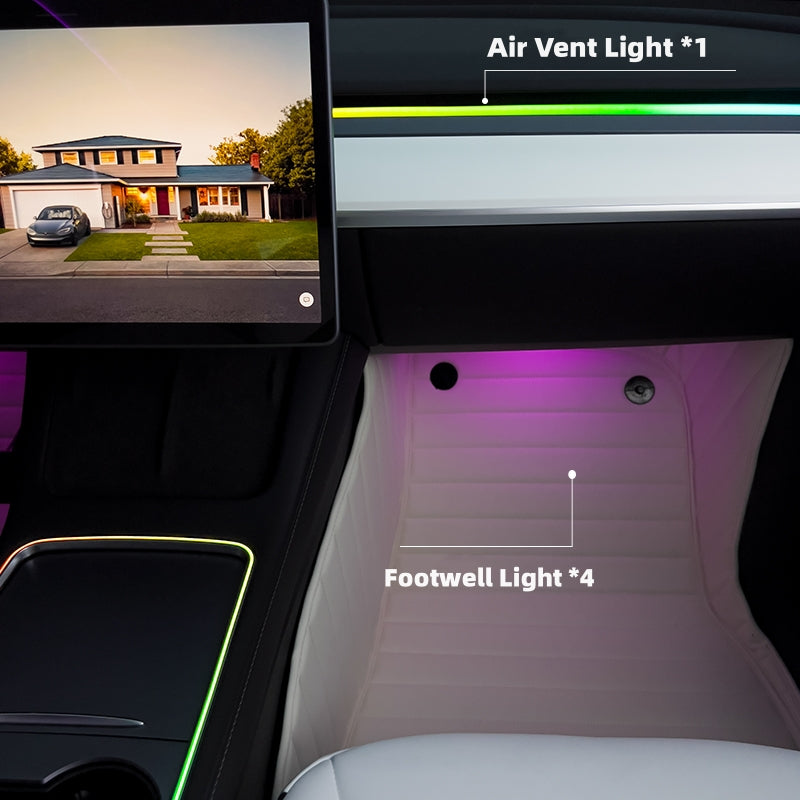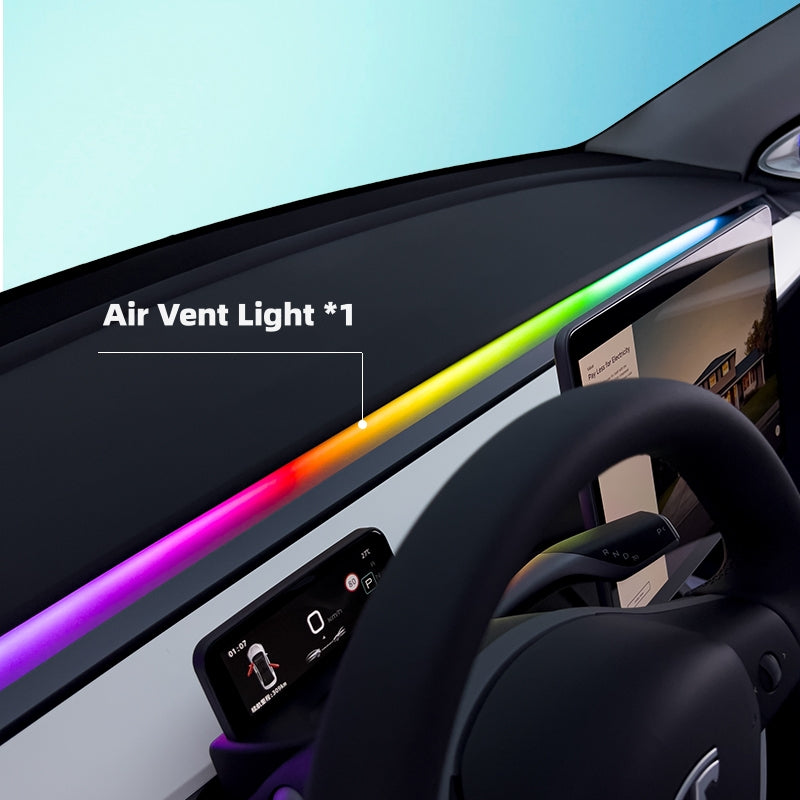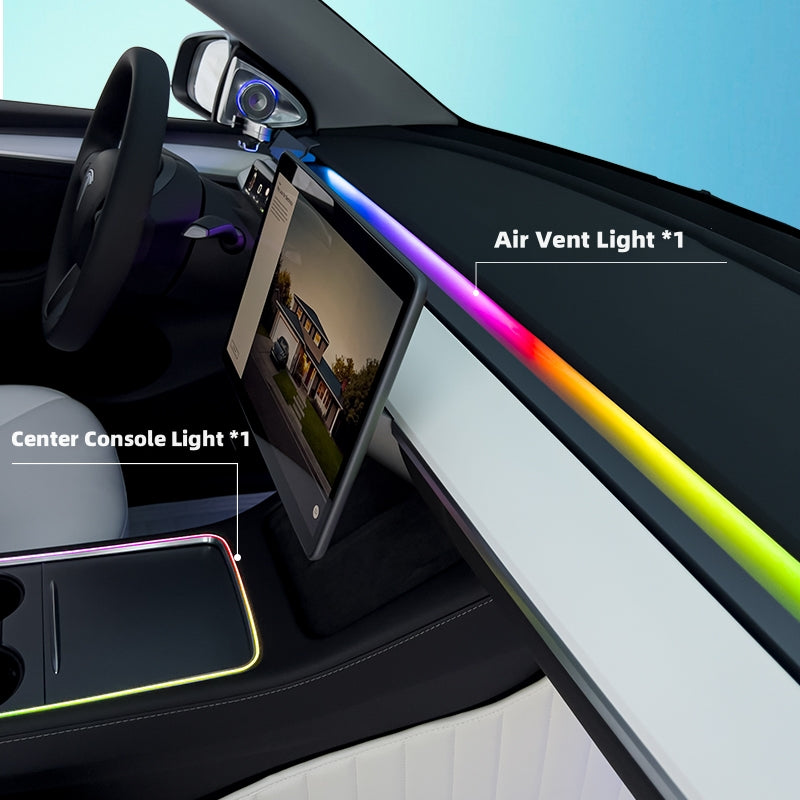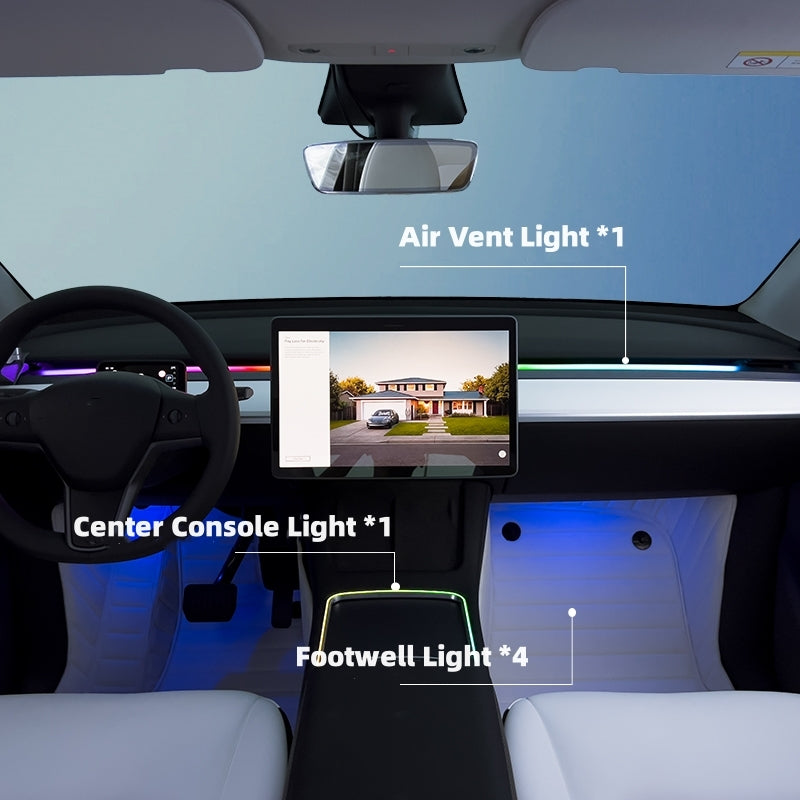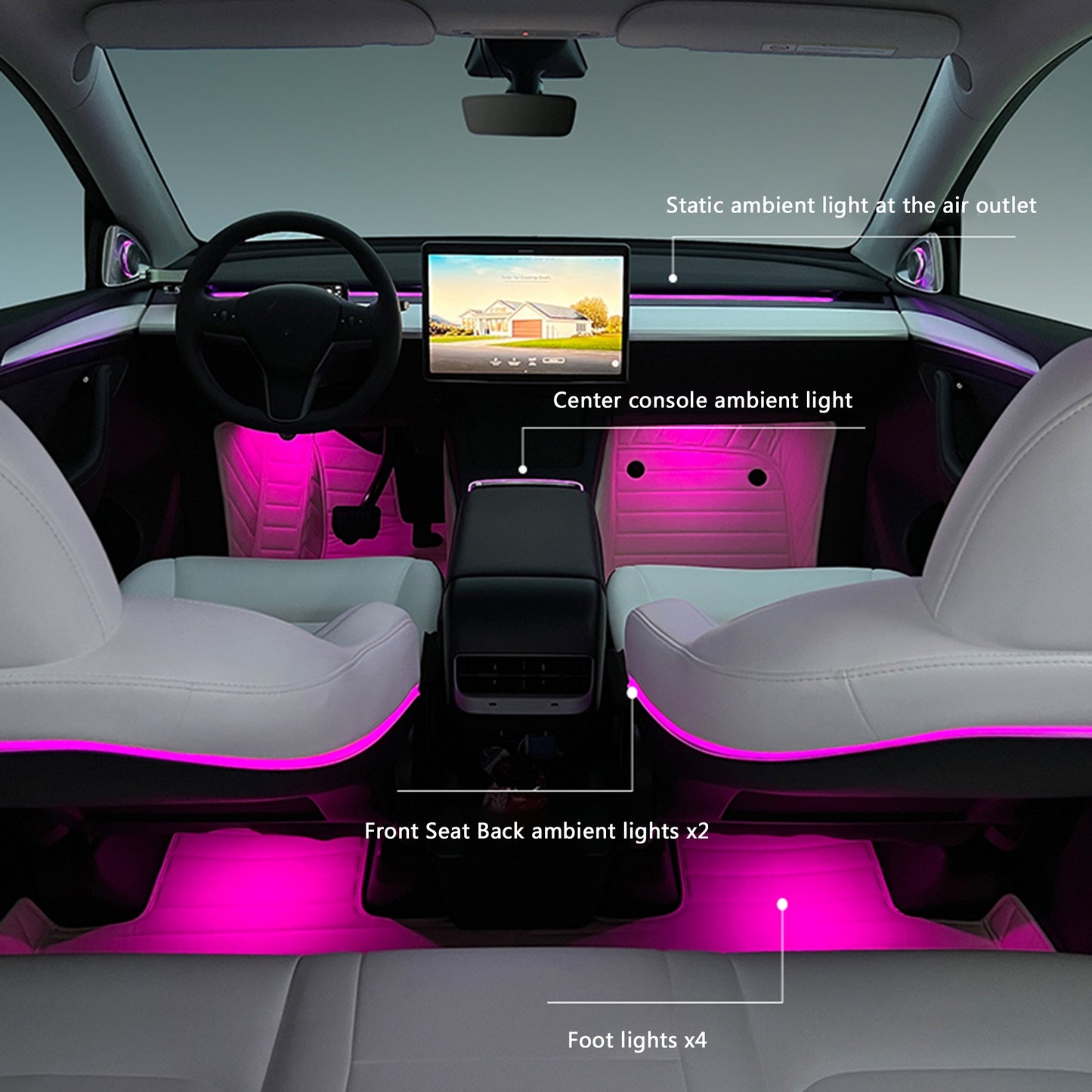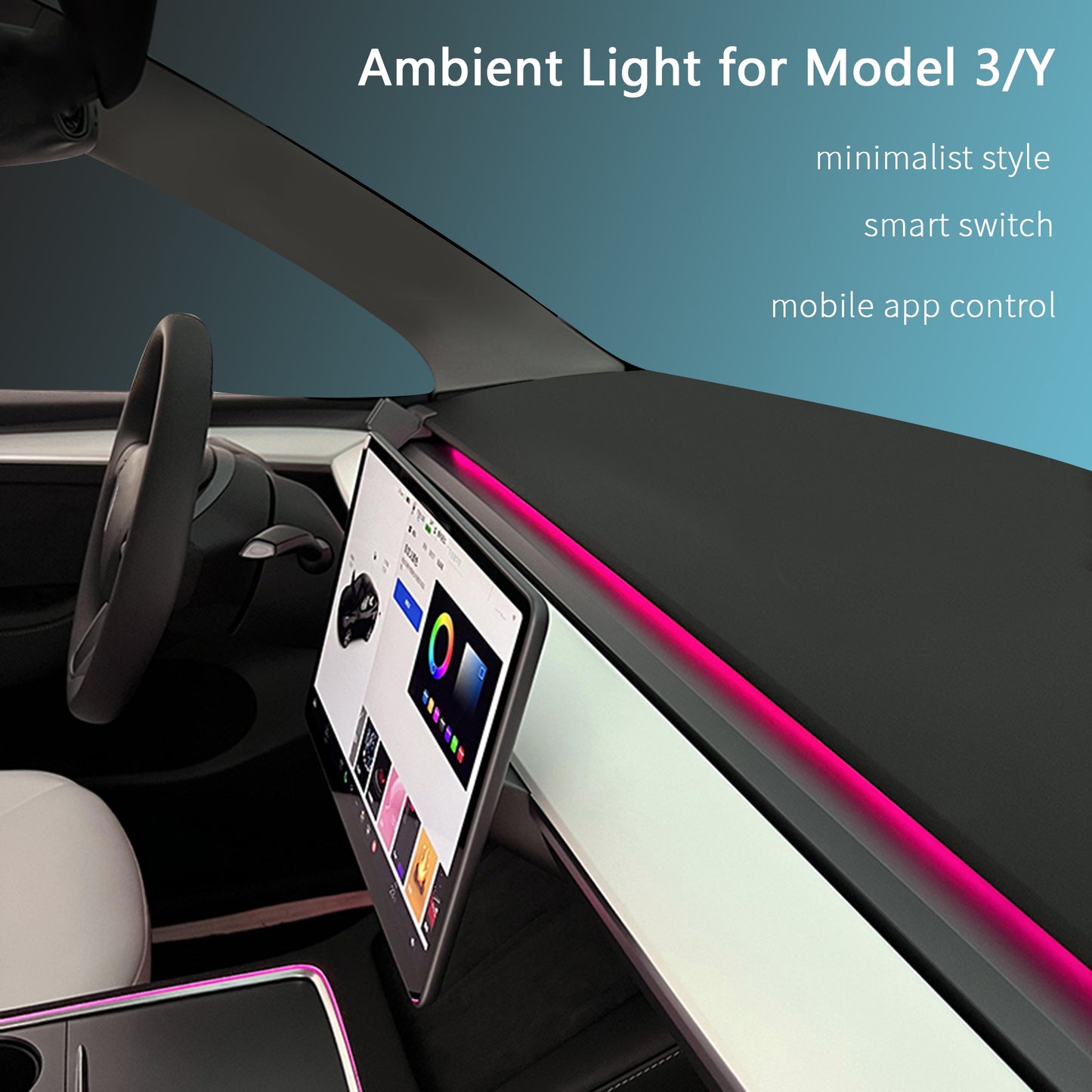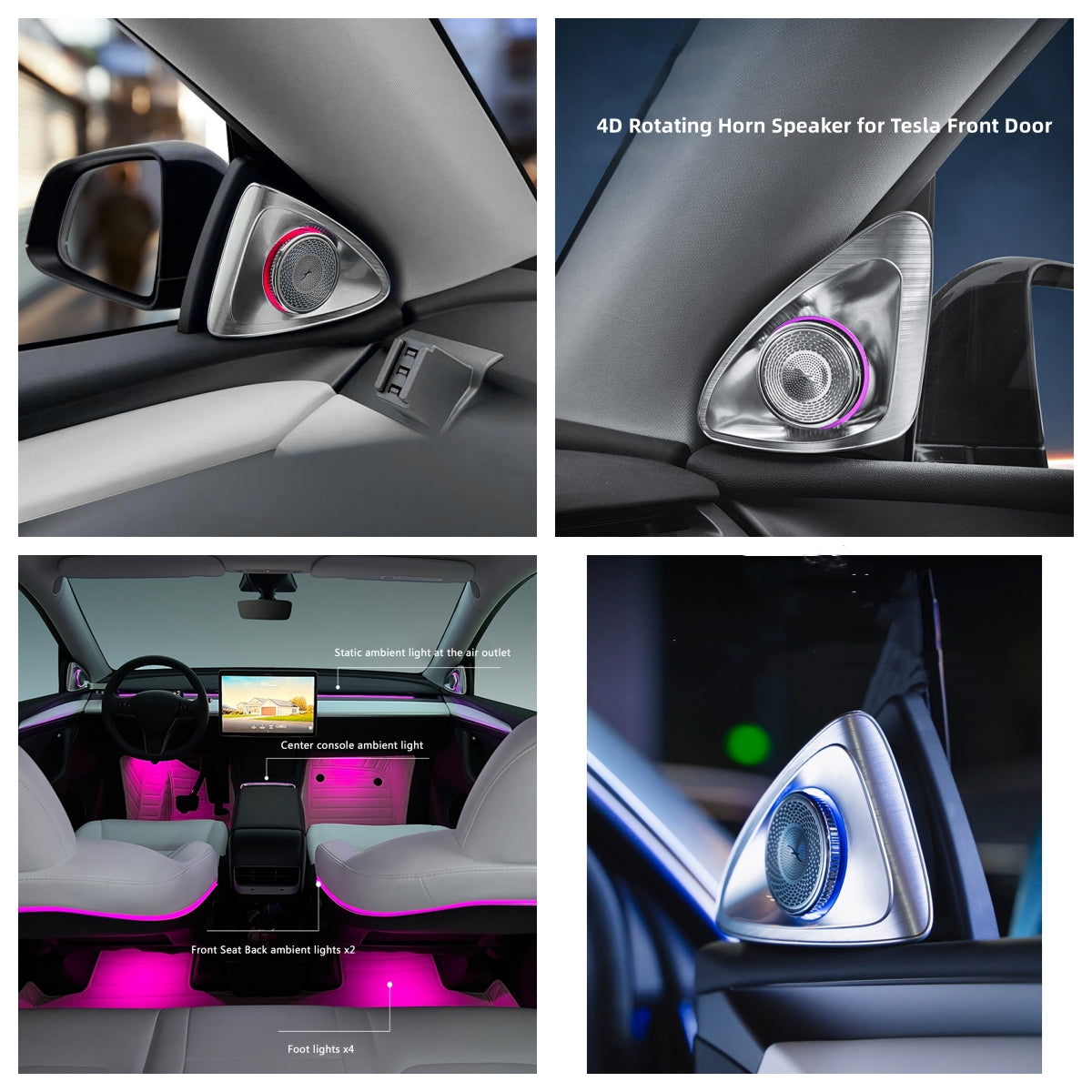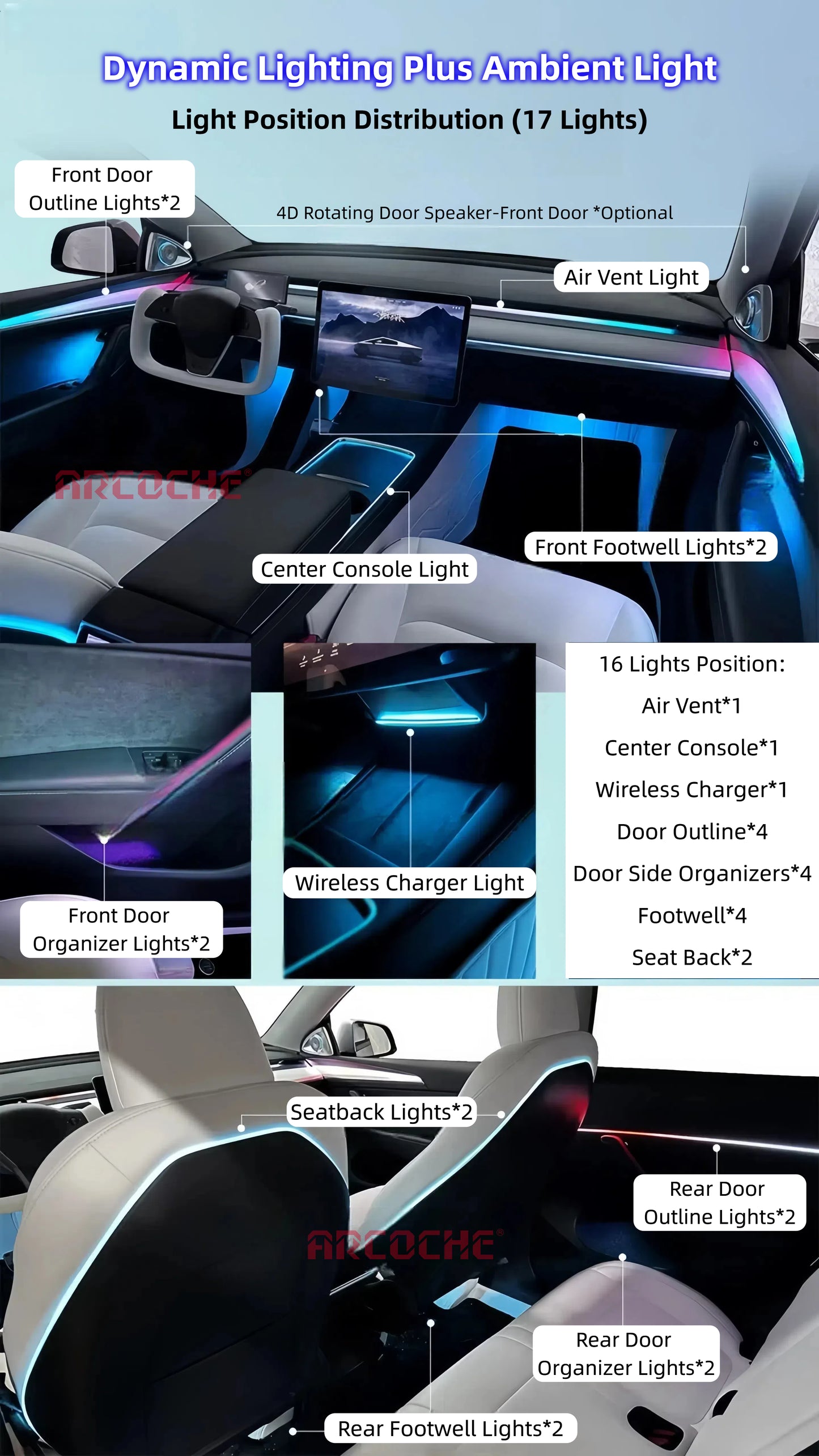
The Tesla Supercharger network is playing a pivotal role in propelling the United States toward its 2030 charging infrastructure target.
The United States aims to have 33 million electric vehicles (EVs) on the road and 500,000 public EV chargers by 2030. However, a recent report from the National Renewable Energy Laboratory (NREL) reveals that the deployment of DC fast-charging stations is lagging behind these ambitious goals. Despite the overall shortfall, Tesla's Supercharger network stands out as the leader in charging infrastructure development in the country.
The NREL report, covering EV charging station deployment up to the third quarter of the previous year, highlights Tesla's dominant position in DC fast-charging stations. The data indicates that Tesla's Supercharger network constitutes nearly two-thirds (61.7%) of the nation's public DC fast-charging ports listed in the Station Locator. Additionally, 8.1% of public Level 2 ports are attributed to Tesla's Destination charging network.
Although Tesla's Superchargers contribute significantly to the charging infrastructure, the report underscores that the U.S. has achieved only 9.1% progress toward the 2030 targets when considering Tesla's network. Excluding Tesla, the country is merely 3.1% of the way towards meeting the ambitious EV and charging station objectives.
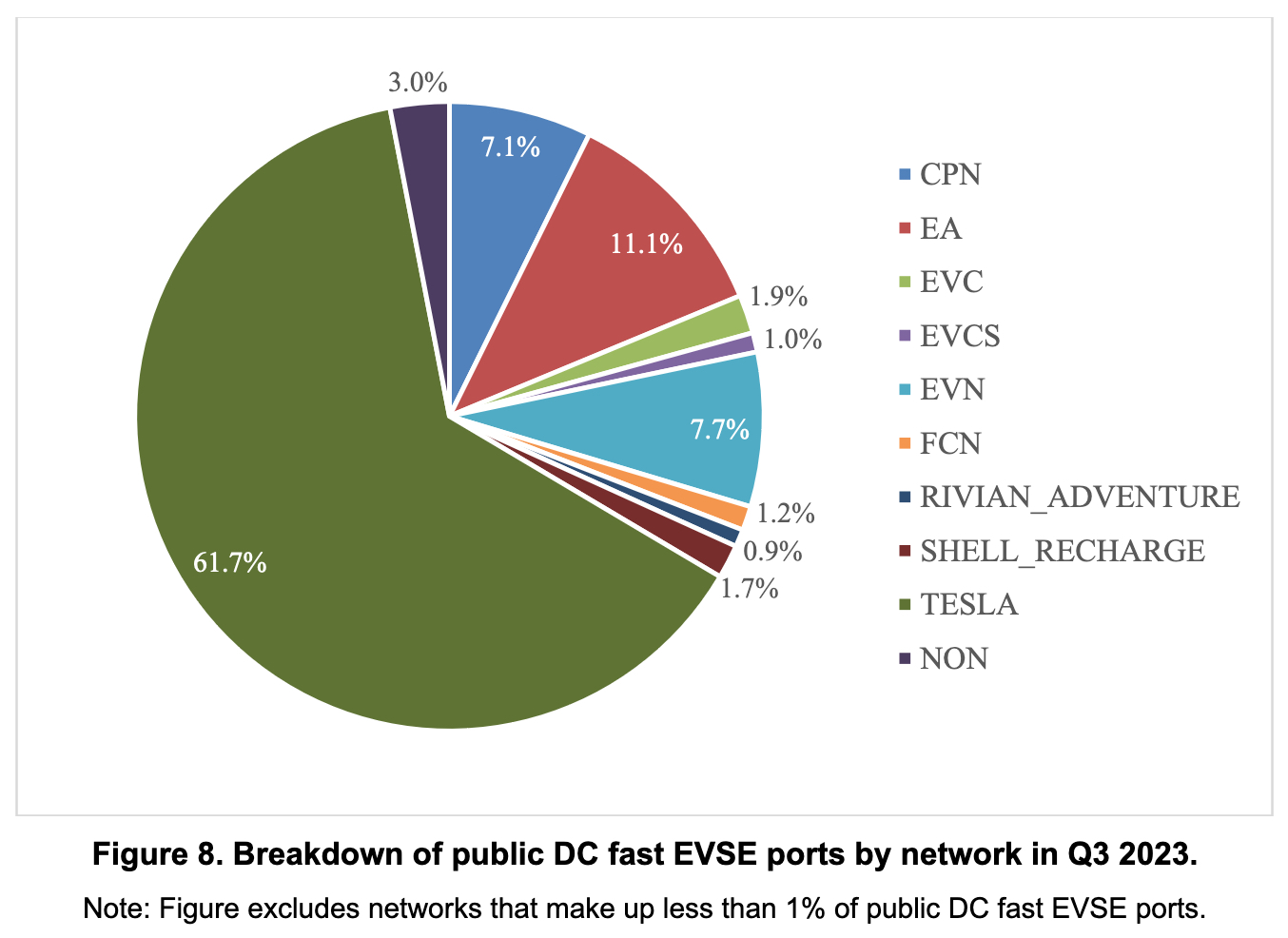
Excluding ChargePoint from the previous graph due to its substantial 62,580 public charging ports, which predominantly consist of Level 2 chargers, has created a skewed representation. Unlike Tesla's Superchargers, which are DC fast-chargers, most of ChargePoint's offerings fall under the Level 2 category. The report also highlights a noteworthy development, indicating the addition of 2,696 fast-charging ports in the U.S. during the third quarter of the previous year, marking an 8.3 percent increase compared to the same quarter in the previous year.
Tesla recently announced its ambitious plan to roll out one Supercharger stall every hour. The company aims to reach a total of 23,000 stalls in North America by the same time next year. Notably, Tesla has started opening up its Supercharger network to other automakers, beginning with Ford and soon extending access to EVs from Rivian, General Motors (GM), Volvo, and Polestar. This move is expected to pave the way for broader industry access to the Supercharger network.
In the coming years, many automakers are anticipated to adopt Tesla's NACS charging port standard for their EVs, enabling seamless access to the Supercharger network without the need for adapters. While Tesla's Superchargers are widely regarded as the most reliable charging network, other companies continue to grapple with maintaining the functionality of their charging stations. A recent J.D. Power report highlighted that approximately 18 percent of public charging attempts at Level 2 chargers were unsuccessful in Q4 2023, with outages constituting the majority of these failures.
In January, the U.S. government unveiled grants totaling nearly $149 million dedicated to addressing around 4,500 malfunctioning public chargers, alongside multiple other investments aimed at bolstering the electric vehicle sector.
-------The article excerpted from TESLARATI.



